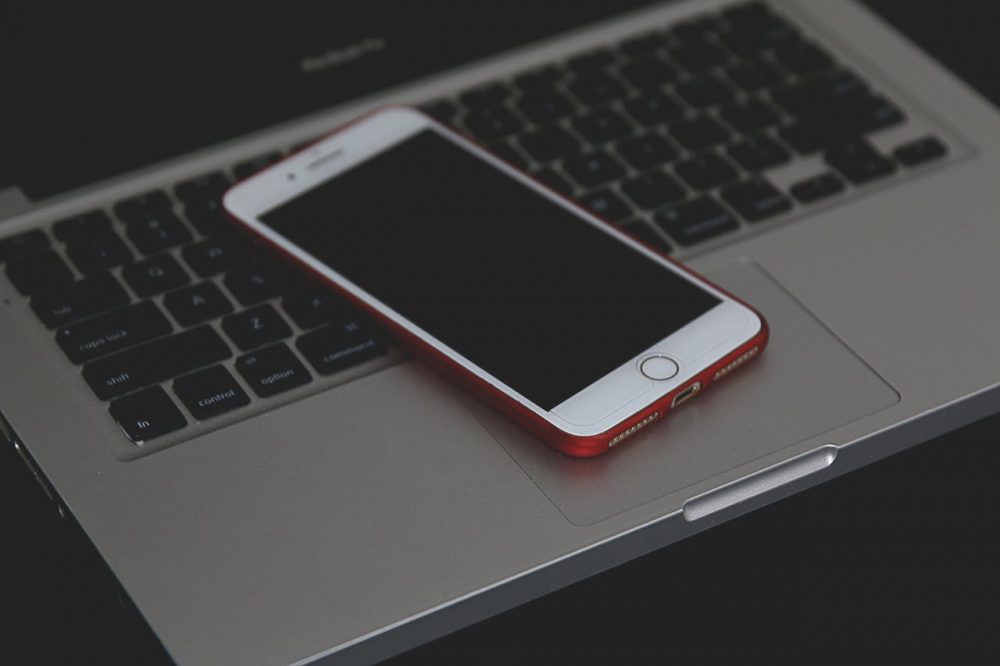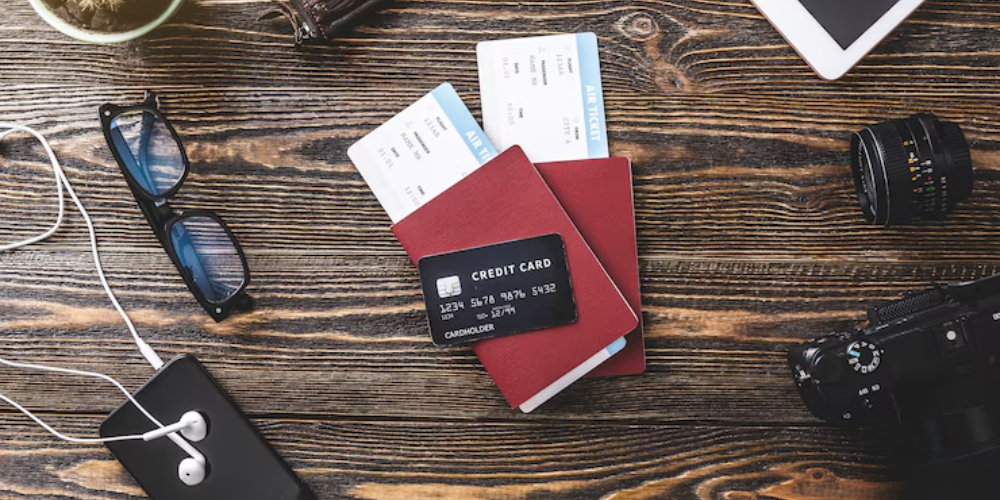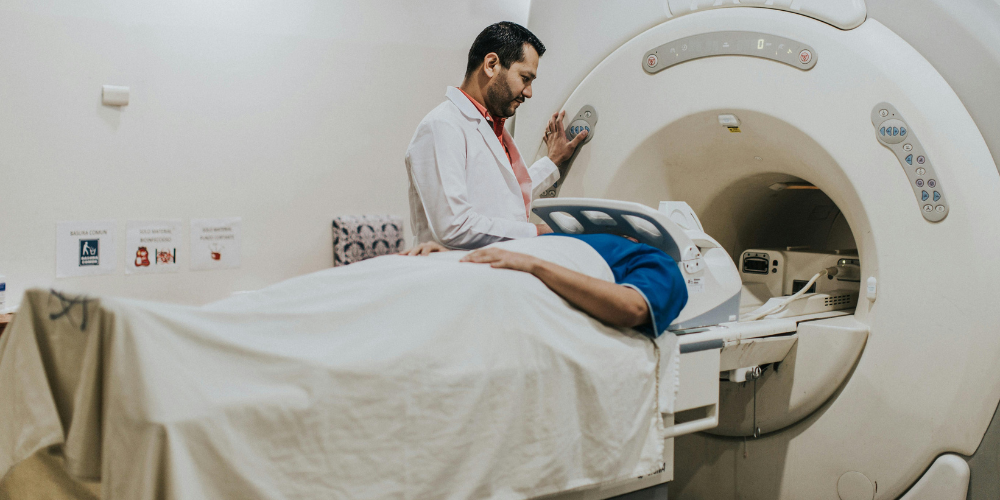Technology has transformed the way we work and live, making tasks easier and connections faster. However, the downside is that screens overwhelmingly influence our daily lives. Digital wellness, the practice of managing screen time effectively for mental and physical health, has become essential. Excessive screen use can lead to stress, disrupted sleep, and reduced productivity. Developing strategies to regain control is crucial for achieving balance and maintaining well-being. This article will explore digital wellness strategies to reclaim control of your screen time.
Understanding Digital Overload
The convenience of technology often blurs the line between work and personal life. Notifications, messages, and constant updates can create a sense of urgency, leading to burnout. Many professionals find it challenging to unplug, even during non-work hours. This constant connectivity not only affects mental health but also disrupts daily routines. Recognizing these patterns is the first step to reclaiming control and fostering a healthier relationship with devices.

Andrea Piacquadio | Pexels | Notifications, messages, and constant updates can create a sense of urgency, leading to burnout.
Setting Boundaries with Technology
Establishing clear limits on device usage can significantly improve your digital wellness. For example, designate screen-free times during meals or before bedtime. This practice helps you focus on personal connections and allows your mind to unwind. Creating physical spaces where devices are not allowed, such as bedrooms or dining areas, can reinforce these boundaries and promote mindfulness in your daily routine.
Leveraging Digital Tools for Balance
Ironically, technology can assist in achieving digital wellness. Most smartphones now include features that track screen time and set app usage limits. By enabling these tools, users can monitor habits and identify areas for improvement. For professionals, scheduling focused work periods with apps like the Pomodoro timer can enhance productivity and reduce unnecessary distractions.
Prioritizing Offline Activities
Incorporating offline activities into your daily schedule helps counterbalance excessive screen time. Engage in hobbies like reading, cooking, or exercising to shift focus away from devices. Outdoor activities, in particular, provide a refreshing change of scenery and improve mental clarity. These moments away from screens can recharge your energy and creativity, ultimately enhancing overall productivity.

Andrea Piacquadio | Pexels | Incorporating offline activities into your daily schedule helps counterbalance excessive screen time.
Adopting Minimalist Digital Practices
Reducing the appeal of screens can also be a powerful strategy. Adjusting phone settings to grayscale mode can make devices less engaging, encouraging users to rely on them only when necessary. Additionally, disabling non-essential notifications ensures fewer interruptions, enabling better focus on tasks. These small changes can significantly decrease the compulsion to check devices constantly.
Building Awareness Around Screen Use
Awareness is key to breaking unhealthy screen habits. Review your weekly screen time statistics to understand how much time is spent on productive tasks versus unnecessary scrolling. This self-reflection helps identify areas where adjustments are needed. Setting daily or weekly goals for screen reduction fosters accountability and encourages long-term improvements in digital wellness.
Fostering Intentional Usage
Using devices intentionally rather than habitually can help restore control. When accessing social media or other apps, establish a purpose before opening them. This practice reduces time wasted on aimless browsing. Dedicate specific time slots for checking emails or social media, limiting their influence on other aspects of life. By being intentional, users can balance technology with other priorities more effectively.













